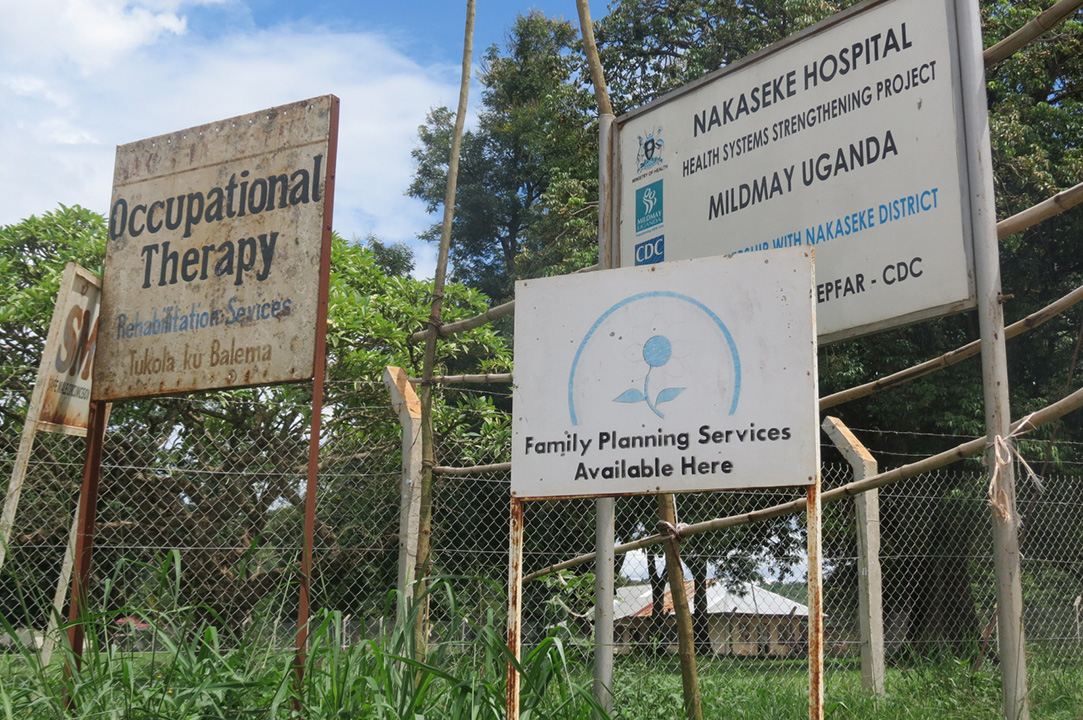- Give & Donate
- Reports
- Mildmay Hospital
- Mildmay Institute
- Mildmay Research

The end-line evaluation of the "Accelerating Epidemic Control in the Mubende Region" project, funded by CDC/PEPFAR and implemented by Mildmay Uganda, showcases remarkable progress in HIV epidemic control across 142 health facilities in eight districts. Notable outcomes include 97% viral load suppression, 99% patient retention, and the full integration of HIV/TB services (100%), indicating substantial strides toward the UNAIDS 95-95-95 global targets.
Additionally, the DREAMS initiative played a crucial role in empowering adolescent girls, while innovative strategies like Differential Service Delivery Models (DSDMs) significantly enhanced patient care and access. The project's sustainability was anchored in capacity building, district-led programming, and the strategic use of data, with strong synergies from local strategies further boosting its overall impact.
Take a look at our bold impact in the region:
Mildmay Uganda (MUg) implemented the "Accelerating Epidemic Control in the Mubende Region" project from 2017 to 2023, aimed at strengthening HIV epidemic control across 142 health facilities in eight districts. Funded by the CDC under PEPFAR, the project focused on HIV/AIDS prevention, care, and treatment, with particular attention to vulnerable groups such as orphans, female sex workers, and adolescents under the DREAMS initiative. The end-line evaluation assessed progress toward UNAIDS 95-95-95 targets and other key interventions, highlighting achievements and areas for improvement, especially in adapting to COVID-19, Ebola, and national policy changes.
The project demonstrated considerable effectiveness in pediatric and adult care, with viral load testing increasing from 34.8% to 90%. Retention rates for HIV patients in care soared to 99%, reflecting improved patient adherence and effective treatment strategies. TB/HIV services also saw success, with 100% of facilities providing comprehensive services and a 99% ART initiation rate in HIV-positive TB patients.
In the prevention of mother-to-child transmission (PMTCT), the project achieved 96% testing coverage for pregnant women and 82.5% initiation of all HIV-positive pregnant women on ART. Remarkably, the mother-to-child transmission rate remained impressively low at 2%, surpassing the national target of less than 5%.
Significant strides in data management, with 98% of health facilities having functional electronic medical records, up from 65%. Data utilization also improved, with 95% of facilities and 100% of districts actively using data for decision-making.
Overall, the project's success in achieving its core objectives is evident through improved health outcomes, system strengthening, and enhanced service delivery models. Strategic partnerships, capacity building, and resource allocation were key to overcoming challenges and ensuring sustainable impact. However, sustained efforts in addressing gaps such as TB cure rates, male partner involvement in PMTCT, and improving data accuracy are crucial for future progress.